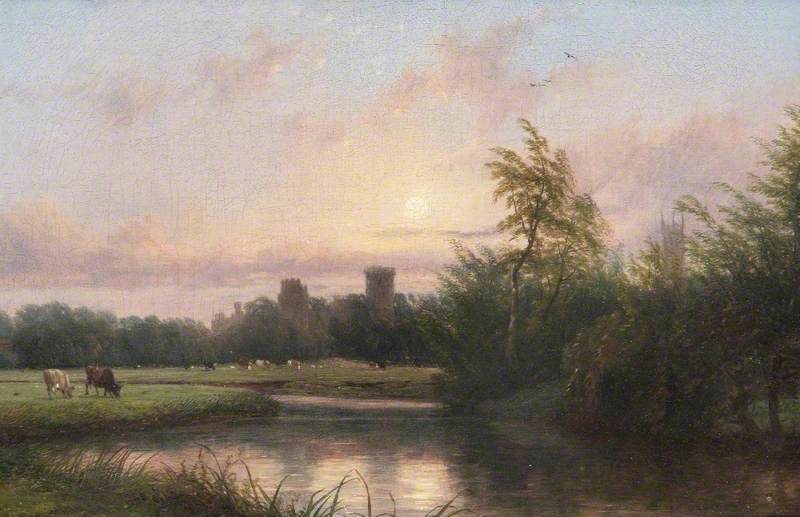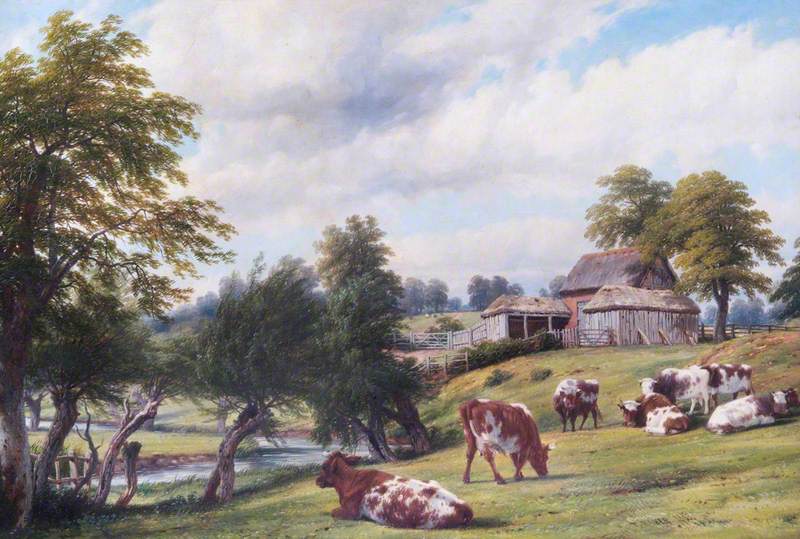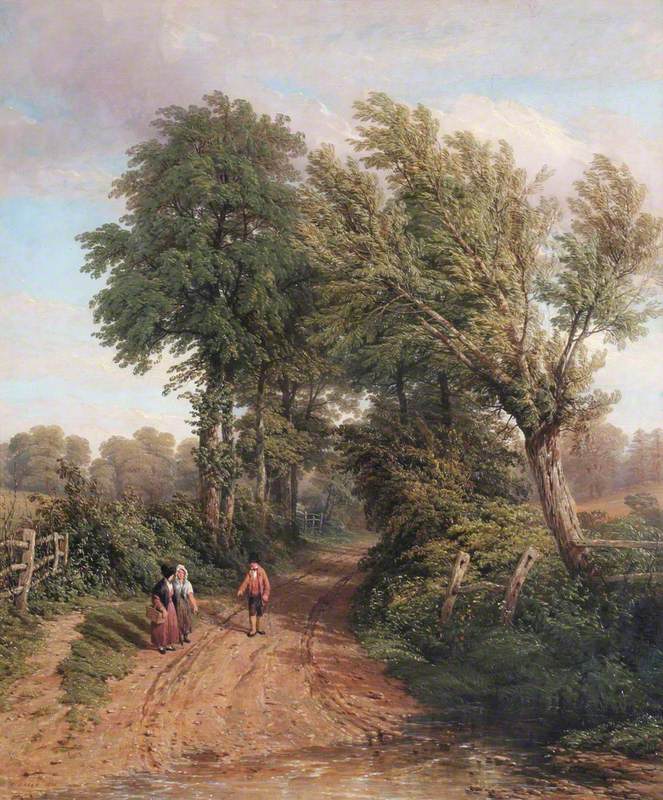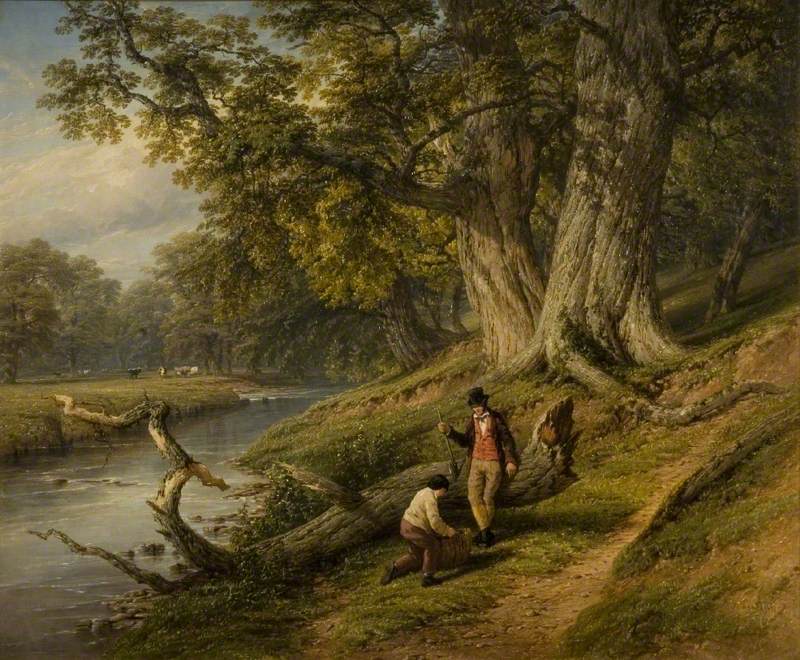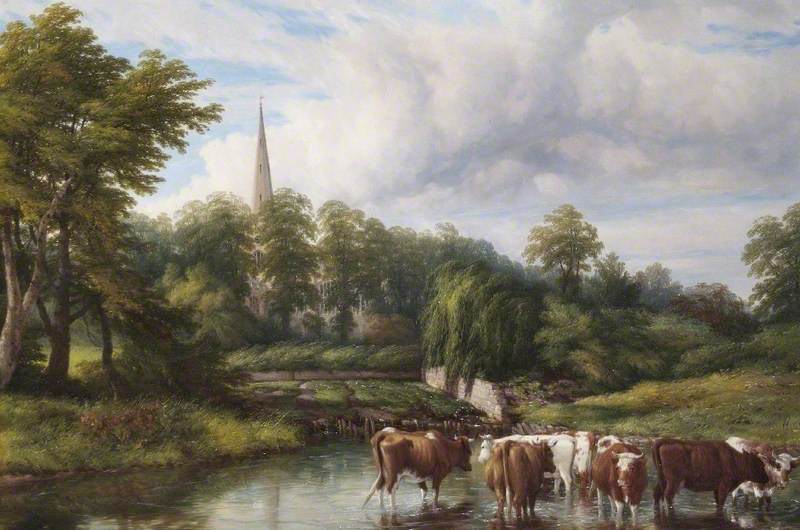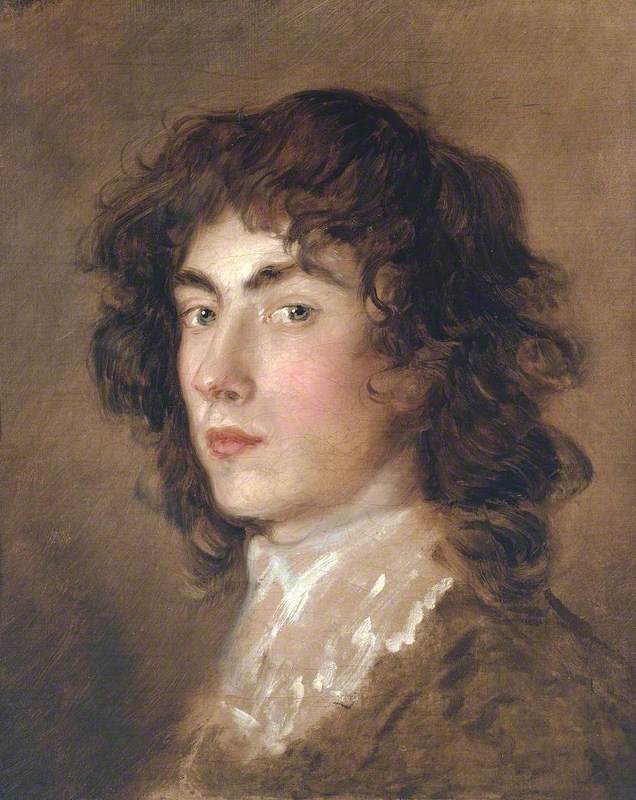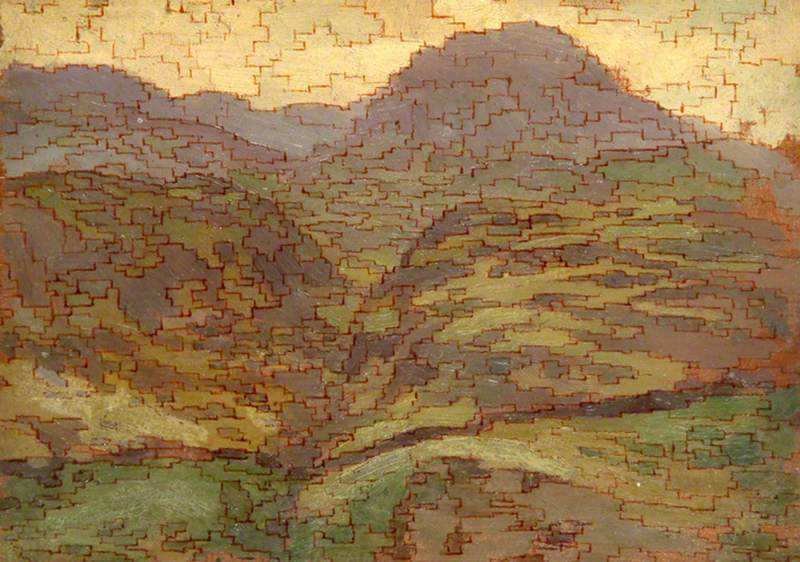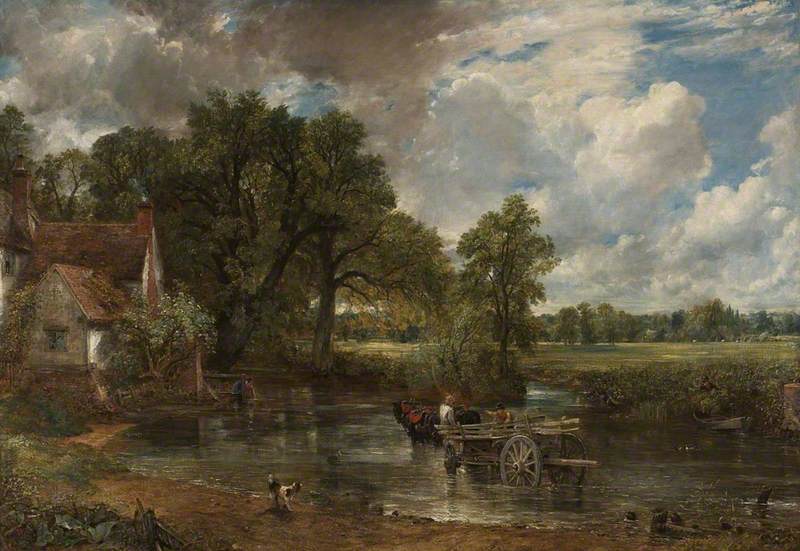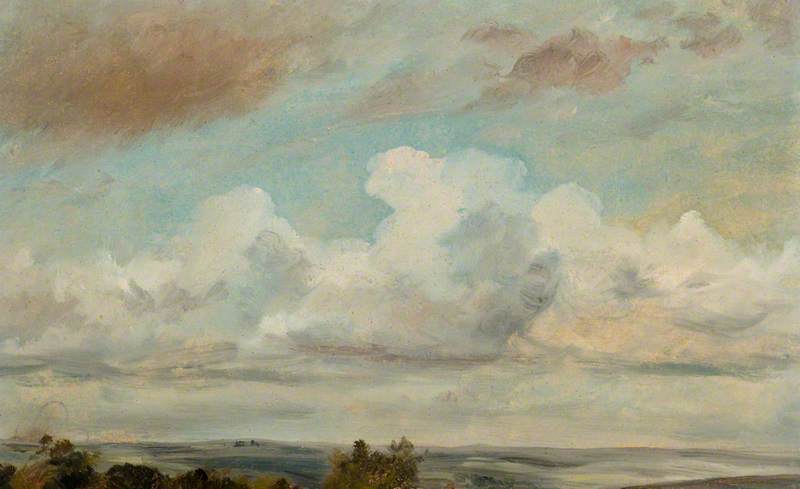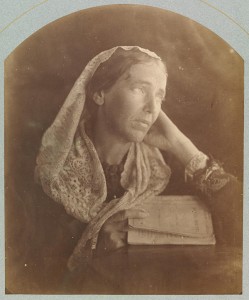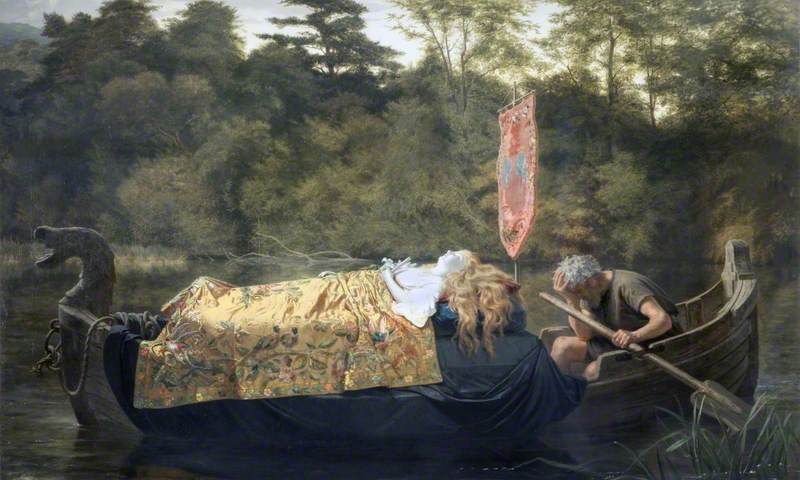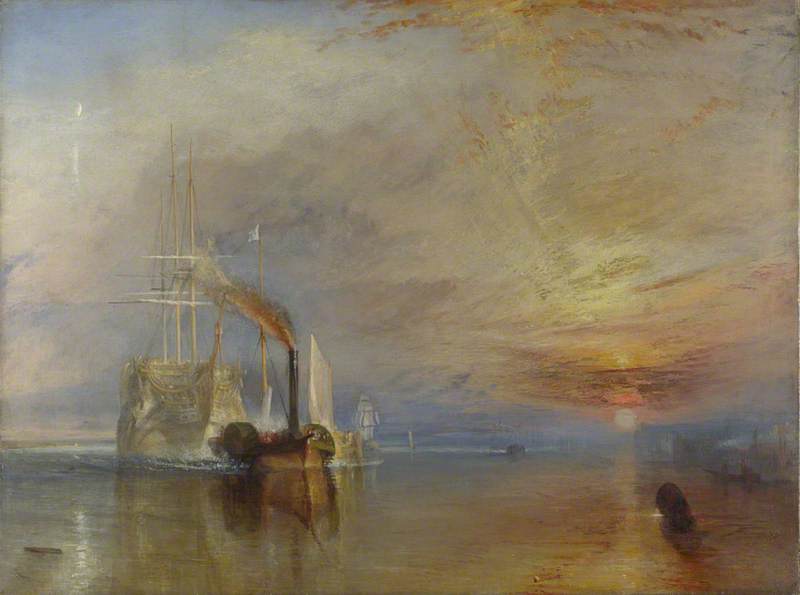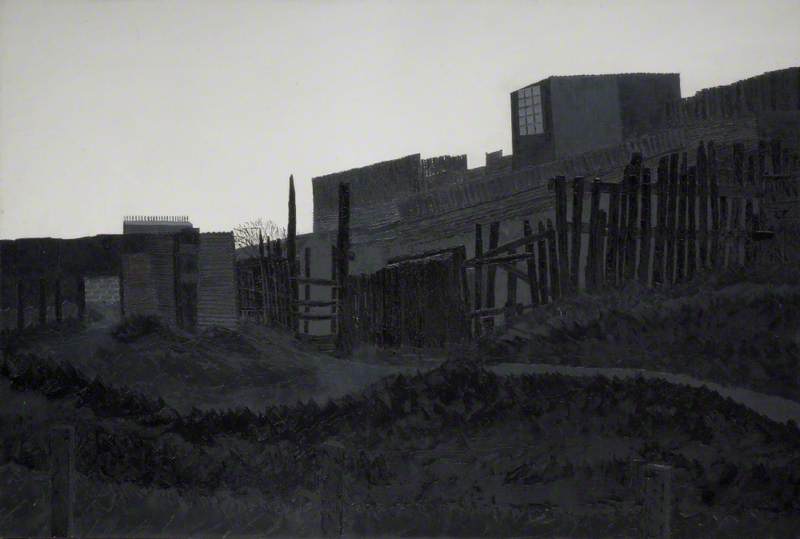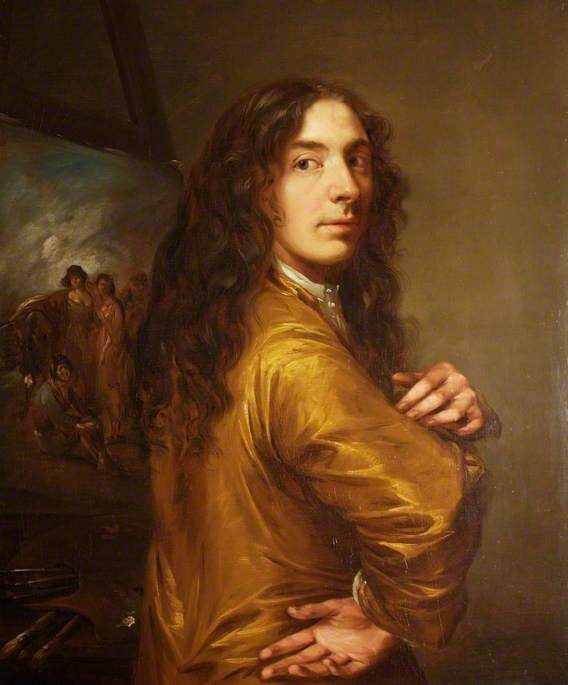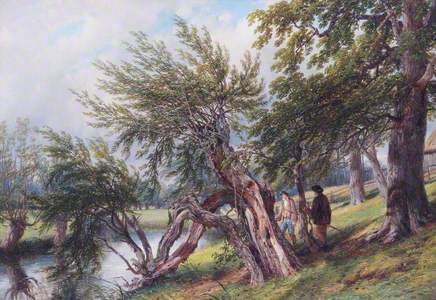This year Robert Mulraine, with the assistance of Birmingham Museum and Art Gallery has published an online catalogue raisonné of the work of Thomas Baker of Leamington. Robert's son, the art historian James Innes-Mulraine, examines Baker's extraordinarily detailed diaries.
Many artists have kept diaries, but none has documented their career as thoroughly as Thomas Baker (1809–1869). His Memoranda of Pictures Painted by Me enlarges our sense of him as an artistic personality.
Baker was a central figure in the modern art establishment in early Victorian Birmingham. He was taught by Joseph Vincent Barber at the academy on Great Charles Street, and was a contemporary of Thomas Creswick. David Cox – a pupil of Joseph Barber and the greatest of the Birmingham landscapists – was a life-long friend, and in 1843 Baker co-founded the Birmingham Society of Arts.
We feel the wind and hear the rustling leaves that Baker was a master at painting.
By 1833 Baker had moved to Leamington Spa, probably encouraged by Joseph Vincent Barber. He had published two volumes of Warwickshire landscapes in the 1820s, and was involved in building in Leamington (i). Baker’s hundreds of elegiac-realist Warwickshire landscapes have given him the name ‘Baker of Leamington’, and his diaries show how he based himself in the provinces, living in the landscape that was his muse, but marketed his work throughout the country. Baker and his generation of painters understood the new power of public exhibitions: paintings were sent to shows across the British Isles, from Glasgow to Dublin, and bought by a public who appreciated them as pure landscape as well as local topography.
Baker’s presently known work represents only a quarter of the paintings recorded in his diaries. Throughout his career he travelled a picturesque trail across Britain for commercial subjects, but also revisited the same Warwickshire landscapes year after year. Views of Stoneleigh Park, or the country round Ashow, record close, level country where – as in life – views are stopped by trees and lanes are muddy. This Wordsworthian devotion to place is attuned to the philosophy of Barber’s academy and the Birmingham landscapists.
At Snitterfield, Warwickshire is influenced by classic landscape models – the tree bending in to the right is like a motif from Richard Wilson – but rooted in the present by the painter’s observation. We feel the wind and hear the rustling leaves that Baker was a master at painting. He is also a master of the middle distance, the hazy treelines either side of the lane making subjects in their own right. Baker’s feel for trees is distinctive, like the way he paints the meeting of earth and grass, the place he customarily signs and dates. Both are attributional traits.
At Snitterfield was painted on 12th August 1838, and sent for sale at Edinburgh on 14th December. It was returned, unsold on 16th April 1839, and in June the picture was varnished again, sent to Manchester on 22nd July 1839 and sold for £20 – including the frame. This was Baker’s usual price for a 30 x 25 inch canvas at this date; smaller canvases of 13 x 9 inches sold for between £2 and £5 and intermediate sizes for about £10. Sometimes, he took payment in kind. That year he swapped – with the watercolourist Octavius Oakley – a small canvas, Scene at Offchurch, for some books. Oakley was living in Leamington Spa at the time, and painted Baker’s portrait.
Two paintings from 1839 show Baker could redo a subject, without repeating himself exactly. The small In Stoneleigh Park, Warwickshire shows an early morning by the Avon. The observation is so fresh that the dappling shade on the tree trunks seems to move. The picture was painted on 27th March 1839 and sold within a fortnight: Mr E. Parker paid £3 for it on 8th April.
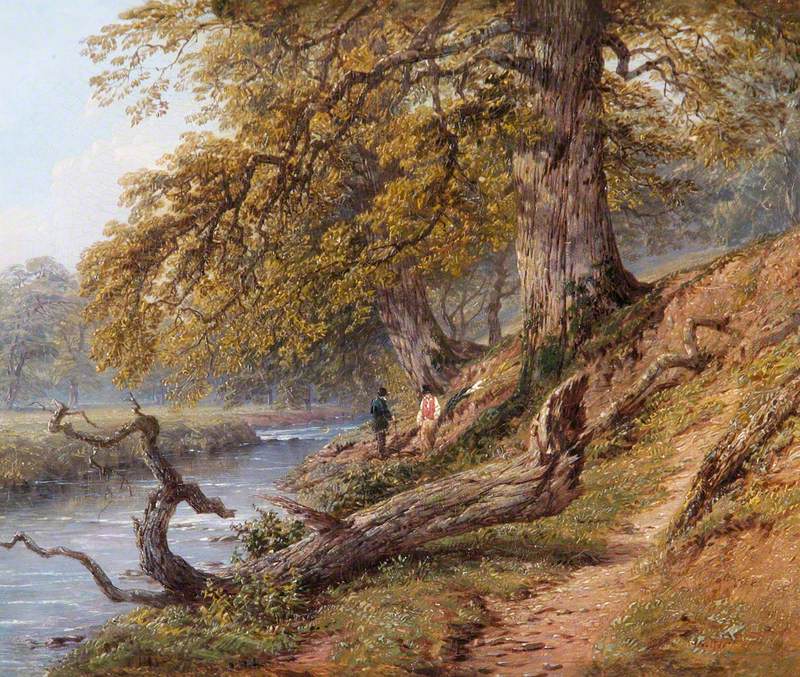
Image credit: Leamington Spa Art Gallery & Museum
In Stoneleigh Park, Warwickshire c.1839
Thomas Baker (1809–1864)
Leamington Spa Art Gallery & MuseumBaker appreciated the beauty of this view along the river by these vast old oak trees. A month after he sold the first picture, he painted a larger version of the subject. Scene in Stoneleigh Park appears at first to duplicate the scene with different figures.
This painting was completed on 15th May, ‘from sketches in Stoneleigh Park, from one of which No. 144 [the smaller] was painted.’ The view in the latter has been rotated anti-clockwise and raised fractionally. From that viewpoint the great oaks twine towards each other, and the other trees lean dramatically with the slope. Baker took his sketch for the former painting first, and then found this second viewpoint, whose entry in his diary is particularly detailed:
‘Another subject had been commenced on the Canvass and painted out with light colour on which the present subject has been finished. The quantity of paint on the canvass is in consequence much greater than usual.’
The painting was sold at Birmingham on 15th July 1839, to E. D. Ford, Esq. of Stratford-upon-Avon for 20 guineas, including the frame. The diary continues:
‘The Art Union and Midland Counties Advertiser state the price at 25 guineas. Price named for it was 25 pounds when sent for Exhibition.’
Baker received publicity from successful exhibition sales. Mr Ford got a discount, and remained in contact. Baker varnished the painting again for him in December.
For part of his year Baker went on tour, sketching picturesque subjects to work up as finished paintings back in his studio.
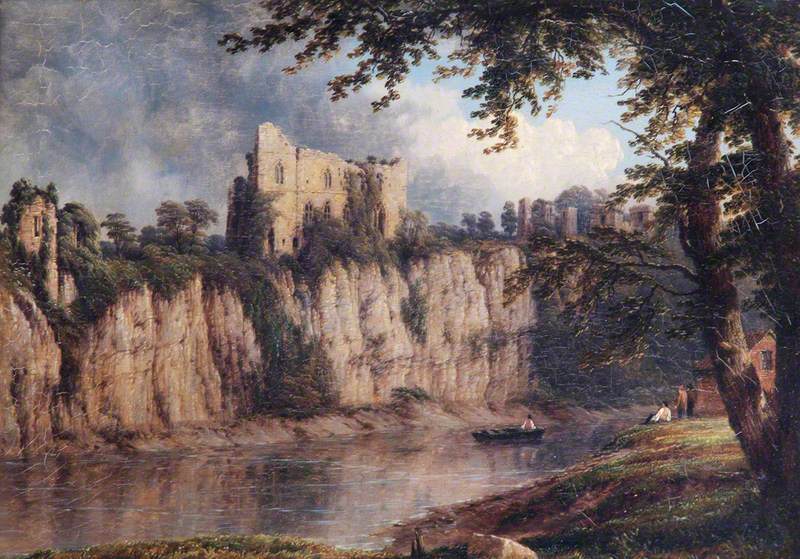
Image credit: Leamington Spa Art Gallery & Museum
Chepstow Castle from the Gloucester Side of the Ruin 1843–1845
Thomas Baker (1809–1864)
Leamington Spa Art Gallery & MuseumChepstow Castle from the Gloucester Side of the Ruin was painted in May 1843, varnished the following year before being sent to Birmingham, varnished again in mastic, and sent to Manchester in 1845 before being sold to ‘Mr George Russell, Bath Hotel in exchange for an oil study by an old Master.’
Baker painted Derbyshire landmarks such as Matlock Tor, and views of Haddon Hall. Landscape and Cattle near Offchurch, Warwickshire (as the painting is named on Art UK – in Baker's diaries, he refers to it as Scene at Haddon, in the Meadow Opposite the Hall) was painted in March, but the trees are still green, and the landscape must be based on a sketch from the previous year.

Image credit: Wolverhampton Arts and Heritage
Scene at Haddon, in the Meadow Opposite the Hall 1848
Thomas Baker (1809–1864)
Wolverhampton Arts and HeritageThis picture must have given Baker great pleasure. The cattle are among his best. They draw the viewer’s gaze and pass it among them, admiring the texture of their coats and the drawing of the muscles, until the furthest one directs you to the fisherman standing behind the tree. Baker sees this low Derbyshire valley through the prism of Dutch painting. The dead tree finds the vertical and takes your eye to the cloud streak in the top right, curving back from Bakewell Church in the distance. The sun, high to the right, just catches the tops of the clouds and the white faces and horns of the cattle. Scene at Haddon was varnished on 28th May and sold to J. Richardson.
Lord Leycester Tower, Kenilworth Castle was painted in April 1862, with the midway horizon and bright blue sky of Baker’s later landscapes. It was a popular subject. Baker repeated the composition on a smaller scale on mahogany panel the following month, which he sold in August 1863, after exhibition in Glasgow. The first version on canvas was sold to Joseph Paul in April 1864. By now Baker’s prices are in code.
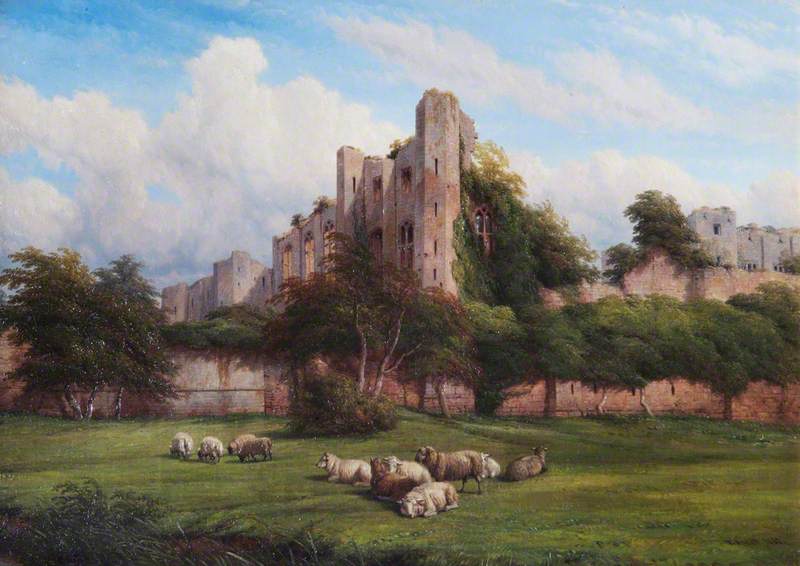
Image credit: Leamington Spa Art Gallery & Museum
Lord Leycester Tower, Kenilworth Castle 1862
Thomas Baker (1809–1864)
Leamington Spa Art Gallery & MuseumBy 1864, Baker’s last year, he was painting views of local landmarks in various formats according to this model. Baker painted three views of Holy Trinity Church, Stratford taken from different viewpoints below the weir on the Avon. Two were on mahogany panels in March, one rectangular and the other circular. The third, Stratford-upon-Avon, Cows in the Water was a canvas painted in July, the month before Baker died.
Baker’s final illness must have been sudden. There is no lessening in the quality of his painting. Stratford-upon-Avon, Cows in the Water is typical of his late style. Above where the cattle are drinking on this hot summer day, the freely-painted Gainsborough-like trees suggest a hint of breeze and shade. It is as complete a poetic landscape as Baker ever painted, and at the same time captures a true moment in time. No sale is recorded, and this painting must still have been in Baker’s studio when he died.
901 paintings are listed in the diaries, three-quarters of them missing. Robert Mulraine hopes that the online catalogue will encourage Baker owners to find out more about their pictures, and locate some of the missing works. The diary focusses on Baker’s oils, but his surviving watercolour sketches illustrated on the site show that Baker also deserves to be numbered among the great British watercolourists. Frederick William Newton Whitehead, son of William Whitehead, Baker’s dealer in Leamington, was particularly influenced by him.
James Innes-Mulraine
(i) Jane Croom, 'Joseph Vincent Barber, Leamington Speculator, Birmingham Artist' in Warwickshire History Vol. XIII, no.4, pp.155–162
